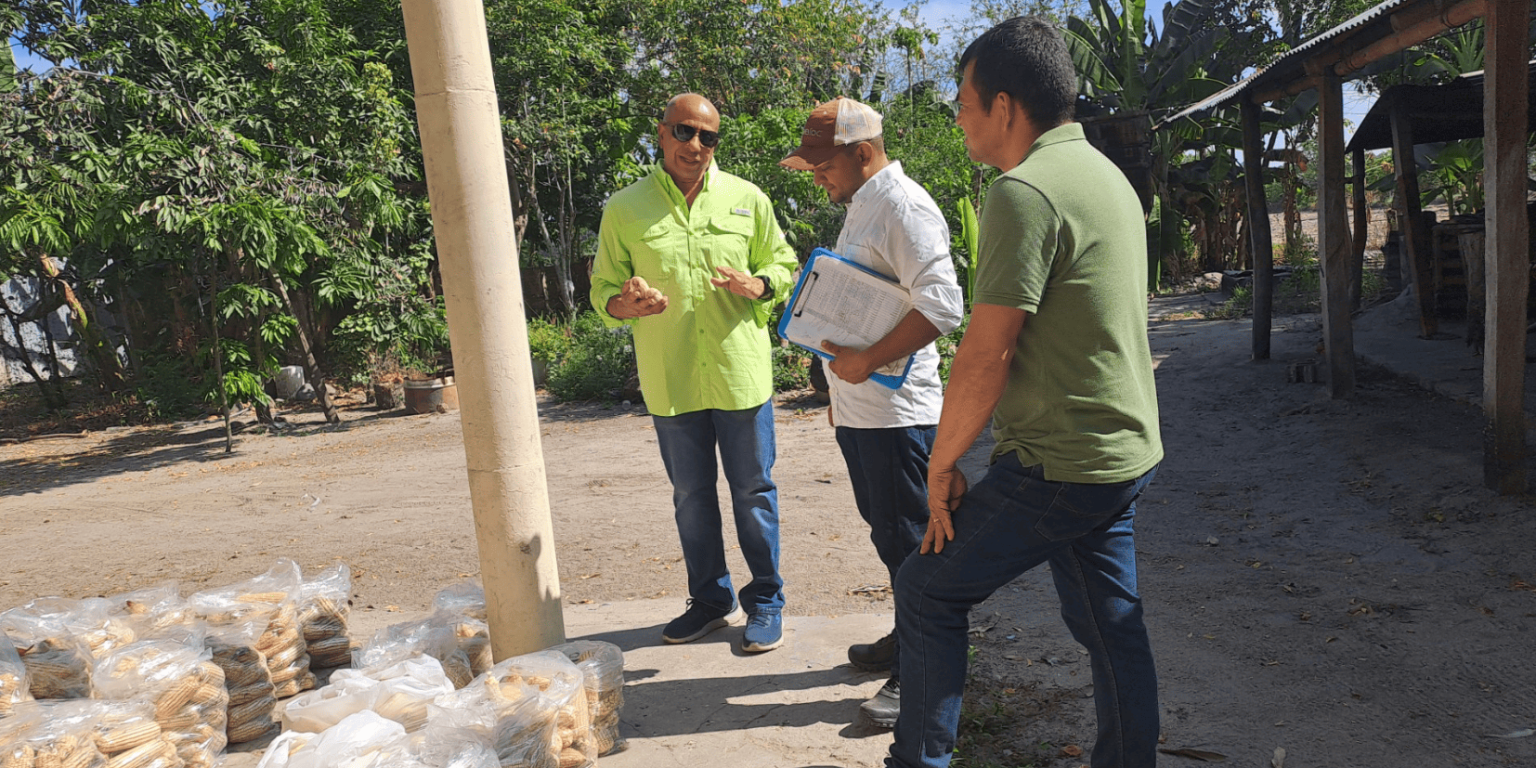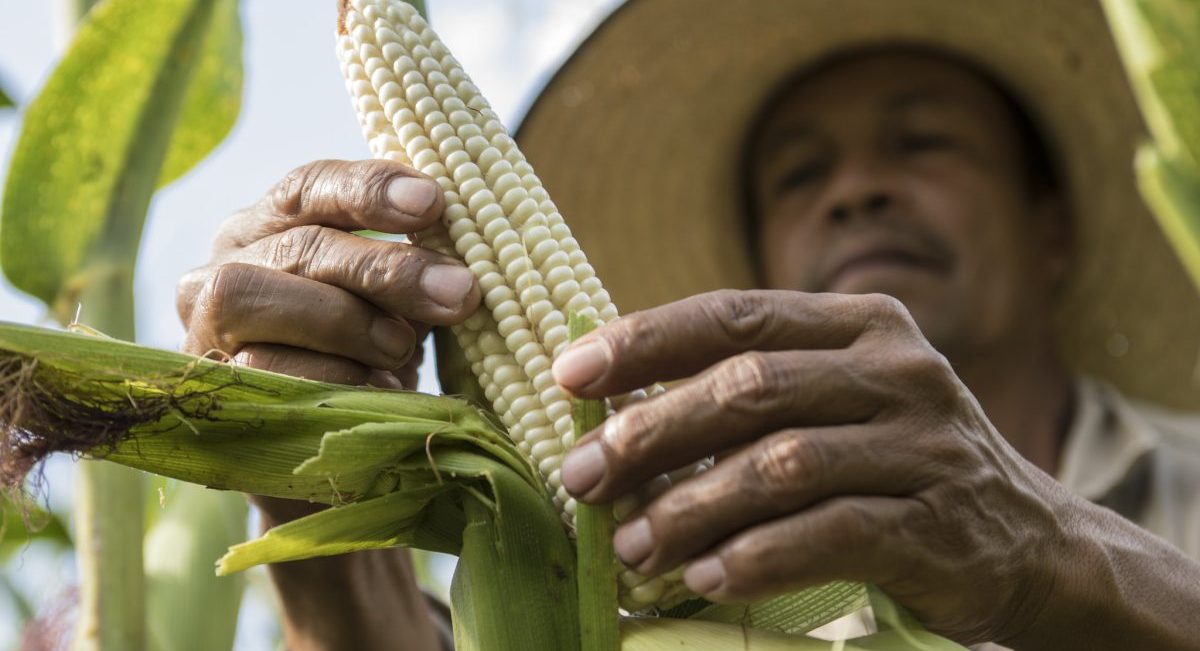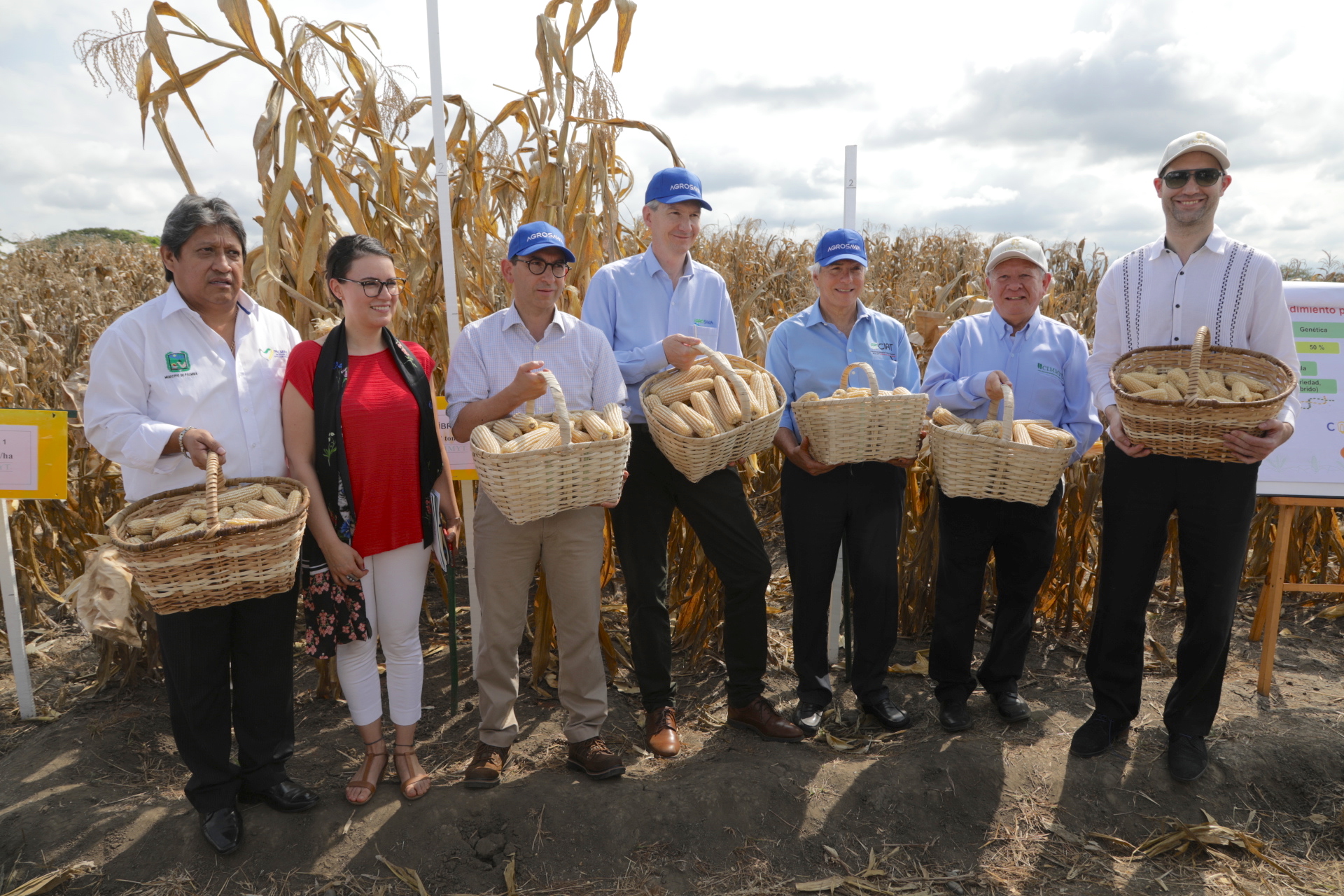In Colombia, the path towards a more sustainable and resilient agriculture is gaining unprecedented momentum. Thanks to the implementation of the Sustainable Agrifood Colombia project, various national and international institutions are collaborating to strengthen food security and agricultural productivity through technological innovations and knowledge management models. Among these collaborations is the Hub methodology, an innovation management model developed in Mexico by CIMMYT, in conjunction with various stakeholders, which is already being successfully replicated in Guatemala, Honduras, and several African countries.

The project, coordinated by the Bioversity & CIAT Alliance, has 18 strategic partners for its execution, among which Agrosavia, CIMMYT, and Fenalce contribute to the maize production system. The objective is to transform the Colombian agri-food sector through the adoption of sustainable agricultural technologies and the strengthening of collaboration networks among producers, researchers, and other key stakeholders.
To this end, pilot regions have been identified where the Hub methodology is implemented, promoting knowledge sharing, validation of innovative practices, and capacity building.
The project articulation meetings and field visits were held in Colombia’s main corn-producing regions: northern Valle del Cauca, Tolima, and Córdoba. During these visits, teams from the Bioversity & CIAT Alliance, AGROSAVIA, Fenalce, and CIMMYT evaluated production conditions, identified strengths and areas of opportunity, and designed strategies for consolidating the innovation territories.
One of the most significant results of these evaluations was the definition of a training plan for producers, researchers, and technicians. This plan, which has already taken its first steps, seeks to provide local stakeholders with tools to improve maize crop yields through sustainable agronomic practices, pest management, and seed conservation.
In November, three workshops were held in different regions of the country. The first two were held in La Unión, Valle del Cauca, and in Montería, Córdoba, with the aim of identifying and involving key stakeholders in the maize production system. The third, held in Vereda Nueva Platanera, Tierralta, Córdoba, focused on seed production and conservation for small producers. Based on these events, a mapping of actors was carried out in order to analyze the interactions within the maize production network. This exercise made it possible to evaluate the degree of innovation adopted by farmers and the influence of different actors, such as technicians, companies, universities, and government institutions, in the dissemination of knowledge and the adoption of sustainable technologies.
The results of these workshops have been encouraging. To date, 220 people have been trained on key issues such as pest management (particularly Dalbulus maydis, which has recently been a serious problem), seed production and conservation, and climate change adaptation strategies. In addition, stakeholder mapping has facilitated the identification of opportunities to strengthen collaborative networks and promote the adoption of innovations in the production system.
One of the key lessons learned has been the importance of constant monitoring in the implementation of sustainable management strategies. Workshop participants have highlighted the need to generate training spaces from the initial stages of cultivation, including the preparation of plots for planting, to maximize the benefits of sustainable practices.
The Hub approach, which has proven to be an effective model in Mexico and other countries, is making significant progress in Colombia. By connecting the actors in the maize value chain, facilitating the generation and socialization of knowledge, and driving innovation from the local level, this methodology represents a comprehensive solution to address the country’s agricultural challenges.
With the coordinated work of institutions, producers, and scientists, Colombia is laying the foundations for a more resilient and competitive agri-food sector. CIMMYT’s experience in implementing the Hub methodology in different regions of the world is an example of how science, innovation, and collaboration can transform the future of Colombian agriculture.

 Climate adaptation and mitigation
Climate adaptation and mitigation 